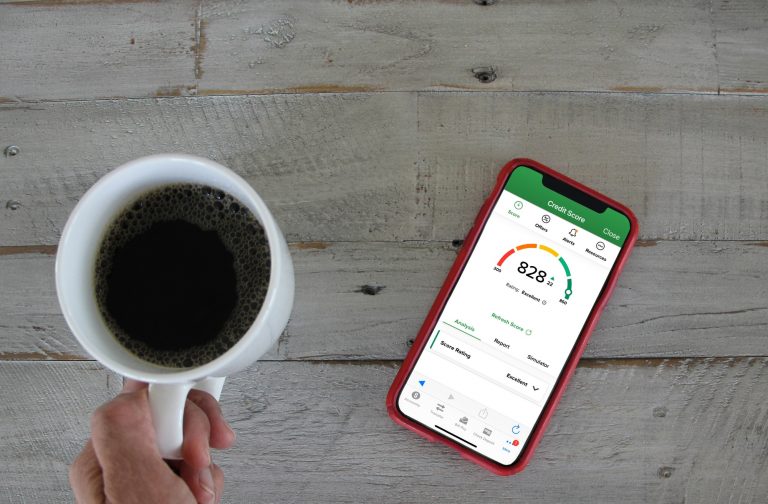How does a rehab loan work?
Rehab loans cover the price of the home and the anticipated renovations in one loan. You repay it according to the terms of the mortgage, 15-or 30- years. The mortgage covers the materials and labor. Each type of rehab loan program has their own guidelines, but here’s a general idea of the process.
Example: You find a house that appraises at $150,000 as is. The contractor estimates it will take $100,000 to renovate. Assuming the “after renovations” home can appraise for that amount and you qualify, you will receive a loan for $250,000 minus your down payment. The lender pays the seller, and the remaining money goes into an escrow account to be used for payment throughout the project. Each lender will have contractor and project payment guidelines to follow. Some programs are more restrictive than others.
Types of Rehab Loans
FHA 203(K)
FHA 203(k) loans are backed by the Federal Housing Administration. They can cover materials and labor for renovations, but typically do not allow the homeowner to do the work. There are two types:
Requirements:
- Minimum credit score of 500
- Minimum down payment of 3.5% for credit score of 580 or above; 10% down for anything lower
- Maximum housing expense of 31% and overall DTI of 43% is preferred, but can vary based on other factors.

HomeStyle Renovation Loan
This loan is back by Fannie Mae, a government sponsored enterprise. Fannie Mae doesn’t originate loans or give out mortgages. It buys and guarantees mortgages from lenders. Part of their purpose is to make housing more affordable to mid and lower income borrowers.
Requirements:
- Minimum credit score of 620
- Maximum DTI of 50%
- Private mortgage insurance (PMI) with down payment lower than 20%
- Minimum down payment of 5% *
- May only borrow up to 75% of the home’s “after renovation value” (ARV) for the renovation
The HomeStyle Renovation loan has flexible guidelines regarding the types of properties buyers may purchase including second homes, investment properties, and multi-family homes. There may be limits on the amount of the loan based on on loan-to-value. *The down payment will also vary depending on property type.
- Duplex: 15%
- 3 – 4 unit multi-family: 25%
- Investment property: 15% to purchase, up to 25% for refinance
- Second home: 10%
This loan covers just about every renovation you could think of as long it is permanent to the home and adds value. For example: Kitchen and bathroom remodel, in-law suite, electrical and mechanical improvements, and flooring. Short of tearing down the home and rebuilding or building a second home of equal or greater size, you have a great deal of freedom. You can also use the funds for DIY projects.

HomeStyle also allows you to incorporate other types of costs into the loan:
- Closing
- Permits and license fees
- Cost for a rental while the home is renovated
- DIY building materials (10% of ARV)
- Contingency reserves
HomeStyle interest rates are comparable to other loan programs and lower than a Home Equity Line of Credit. If you own your home, but you need money for renovations, it’s possible to refinance your home with a Homestyle loan.
CHOICERenovation Loan
Just like the HomeStyle and FHA 203(k), this loan allows you to roll the cost of the home and the renovation into one loan. This loan is backed by Freddie Mac, a government enterprise like Fannie Mae.
One benefit of this loan includes resilience upgrades to protect the home from natural disasters. Building accessory dwellings like mother-in-law suites and apartments is also permitted. Property options include primary residence, second homes, and investment properties. Another benefit is that you are not required to use a lender approved consultant to oversee the project.
Requirements:
- Credit score requirement determined by lender. Most conventional loans require 620-660 minimum
- DTI: Freddie Mac does not have a max. This too is lender specific. Max DTI for conventional is 50% depending on other factors
Minimum Down Payments Vary
1-unit primary residence: 5%
2-unit primary: 15%
3–4-unit primary: 20%
1-unit second home: 10%
1-unit investment property: 15% (7 or 10 year fixed, remaining term adjustable)
Manufactured home: 5% down
Summary:
If you’re in the market to rehab a home, you have options. CHOICERenovation and HomeStyle are very similar loan programs. The FHA 203(k) loan has some different rules and limitations. Each of these loan programs has advantages and their own sets of guidelines. Work with your broker to find the option that is the best fit for you.


